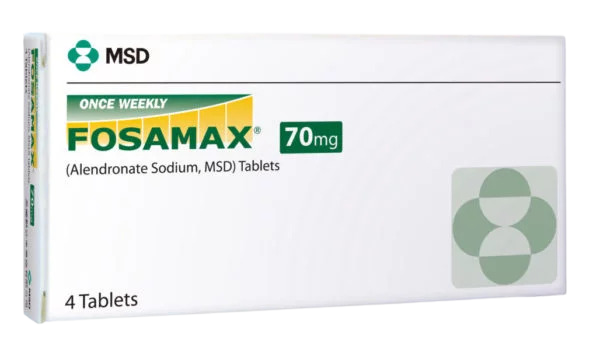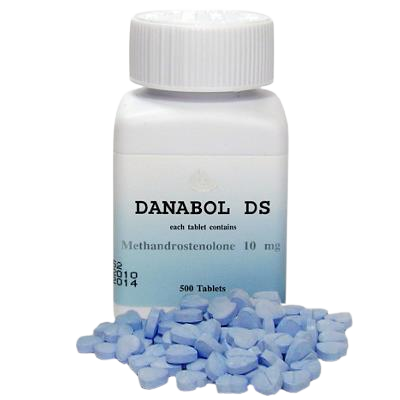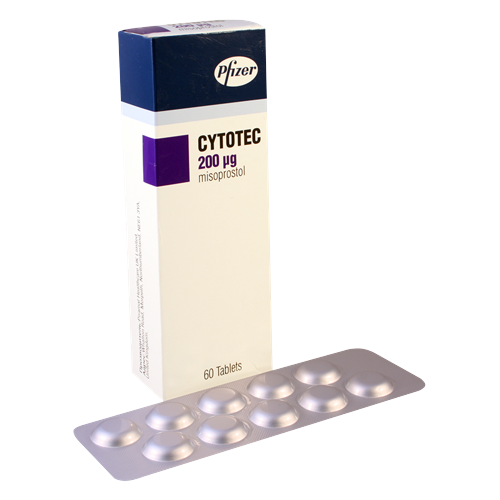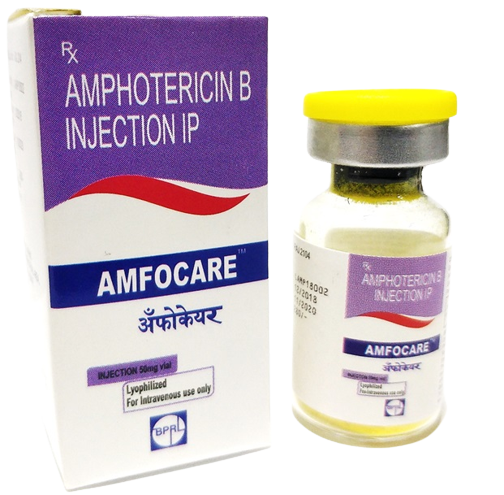Fosamax 70mg tablet 4’ct
Fosamax 70mg tablets are used to treat osteoporosis in postmenopausal women. Each tablet contains 70mg of alendronic acid as the active ingredient
Patented Formulation
Fosamax 70mg tablets use a patented formulation that helps improve the absorption and bioavailability of the active ingredient, alendronic acid. This patented formulation is designed to minimize gastrointestinal side effects.
Once-Weekly Dosing
Unlike many other osteoporosis medications that require daily dosing, Fosamax 70mg is taken just once per week. This can improve patient adherence and convenience.
Proven Efficacy
Fosamax has been extensively studied in clinical trials and has been shown to significantly increase bone mineral density and reduce the risk of fractures in postmenopausal women with osteoporosis.
Long History of Use
Fosamax (alendronate) was first approved by the FDA in 1995 and has been used safely and effectively by millions of patients over the past 25+ years.
Description
Fosamax 70mg tablets are used to treat osteoporosis in postmenopausal women. Each tablet contains 70mg of alendronic acid as the active ingredient
Patented Formulation
Fosamax 70mg tablets use a patented formulation that helps improve the absorption and bioavailability of the active ingredient, alendronic acid. This patented formulation is designed to minimize gastrointestinal side effects.
Once-Weekly Dosing
Unlike many other osteoporosis medications that require daily dosing, Fosamax 70mg is taken just once per week. This can improve patient adherence and convenience.
Proven Efficacy
Fosamax has been extensively studied in clinical trials and has been shown to significantly increase bone mineral density and reduce the risk of fractures in postmenopausal women with osteoporosis.
Long History of Use
Fosamax (alendronate) was first approved by the FDA in 1995 and has been used safely and effectively by millions of patients over the past 25+ years.
Availability in Multiple Pack Sizes
Fosamax 70mg tablets are available in a variety of pack sizes, including 2, 4, 8, 12 and 40 tablet counts, to accommodate different prescription needs. Fosamax (alendronate) is a bisphosphonate medication that works by inhibiting osteoclast-mediated bone resorption, the process by which bone is broken down and reabsorbed into the body.The key mechanisms of action of Fosamax are:
- Inhibition of Osteoclast Activity: Fosamax binds to hydroxyapatite crystals in bone, which are then internalized by osteoclasts (the cells responsible for breaking down bone). This inhibits the osteoclasts’ ability to resorb bone.
- Induction of Osteoclast Apoptosis: Fosamax induces programmed cell death (apoptosis) in osteoclasts, further reducing bone resorption.
- Reduction in Bone Turnover: By inhibiting osteoclast-mediated bone resorption, Fosamax decreases the overall rate of bone remodeling or “turnover”. This helps maintain bone mass and strength.
- Promotion of Mineralization: Fosamax does not impair the mineralization of new bone, allowing for the formation of normal, lamellar bone structure.
Key Benefits
- Treats postmenopausal osteoporosis in women
- Reduces the risk of vertebral and hip fractures
- Increases bone mineral density and reduces bone turnover
- Convenient once-weekly dosing
- Proven efficacy in clinical trials
Key Ingredients
- 70mg alendronic acid (as sodium trihydrate) per tablet
- Lactose (as lactose anhydrous) 113.4mg per tablet
Fosamax 70mg tablets contain the active ingredient alendronic acid, which is a bisphosphonate medication that inhibits osteoclast-mediated bone resorption. This helps maintain bone mass and strength, reducing the risk of fractures in postmenopausal women with osteoporosis.The once-weekly dosing and patented formulation of Fosamax 70mg tablets are designed to improve patient adherence and convenience, while minimizing gastrointestinal side effects Fosamax (alendronate sodium) has the following chemical structure:
Alendronate sodium is chemically described as (4-amino-1-hydroxybutylidene) bisphosphonic acid monosodium salt trihydrate. The empirical formula of alendronate sodium is C4H12NNaO7P2•3H2O and its formula weight is 325.12. The structural formula is:OH
‖
C
‖
CH2
‖
CH2
‖
CH2
‖
NH2
‖
C
‖
(PO3H2)2
‖
ONa
‖
•3H2O
Alendronate sodium is a white, crystalline, nonhygroscopic powder. It is soluble in water, very slightly soluble in alcohol, and practically insoluble in chloroform.
Dosage
The recommended dosage of Fosamax 70mg tablets is:
- One 70mg tablet taken once weekly
- Take the tablet first thing in the morning, at least 30 minutes before eating or drinking anything else
- Swallow the tablet whole with a full glass (at least 200ml) of plain water
- Stay upright (sitting, standing or walking) for at least 30 minutes after taking the tablet
- Do not take at bedtime or before rising for the day
Storage
- Store Fosamax 70mg tablets in a well-closed container at room temperature between 15-30°C (59-86°F).
- Keep out of reach of children.
- Do not throw away any medicines via wastewater or household waste. Ask your pharmacist how to throw away medicines you no longer use.
The 70mg tablets are available in packs of 2, 4, 8, 12 or 40 tablets. The 4 tablet pack is commonly prescribed
Patient Reviews
Fosamax 70mg tablets have generally positive reviews from patients taking the medication for postmenopausal osteoporosis. Many patients report increases in bone density and a reduced risk of fractures after consistent use. However, some patients do experience side effects like difficulty swallowing, heartburn, or abdominal pain.
Conclusion
Fosamax (alendronate) 70mg tablets are an effective treatment option for postmenopausal women with osteoporosis. The once-weekly dosing and patented formulation provide convenience and tolerability advantages compared to daily bisphosphonate medications.Clinical studies demonstrate that Fosamax significantly increases bone mineral density and reduces the risk of vertebral and hip fractures in this patient population. The medication has a long history of safe use since its FDA approval in 1995.








Reviews
There are no reviews yet.